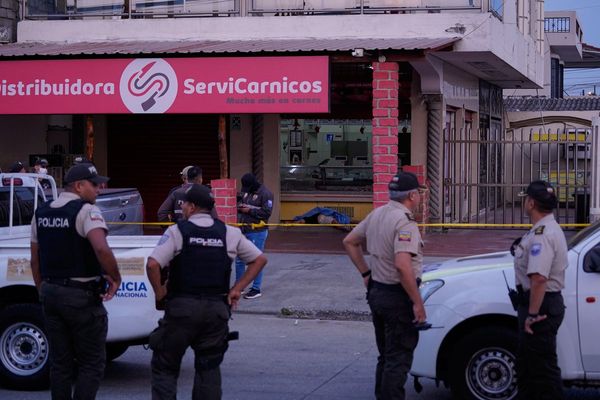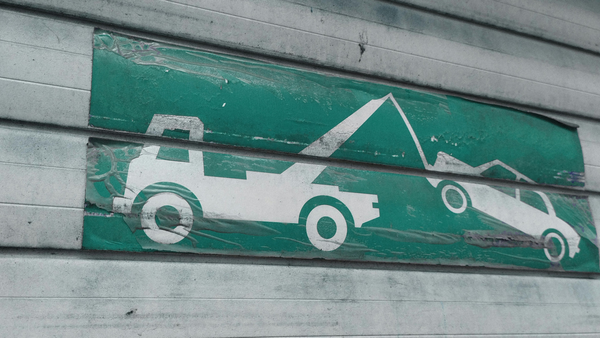
“Until we start running, it’s pretty nerve-wracking – that’s the honest answer.”
Haas team principal Ayao Komatsu was typically frank when asked in Miami about the squad’s progress in understanding the instability that plagues its car in high-speed corners.
The team fast-tracked some experimental floor tweaks for the Japanese Grand Prix weekend, shortcutting the usual simulation procedures in doing so. But while this appeared to mitigate the VF-25’s tendency to enter a phase of vertical oscillation in high-speed corners, the team is still unable to forecast exactly when it will occur – and at what circuits it is most likely to happen.
That’s why it has to run the car to find out, which costs vital track time – even more damaging in sprint weekends where there is only one practice session.
“If you had a standard weekend, most of Friday, or I would say at least half of Friday, we're trying to understand if we've got that issue or not,” said Komatsu, “and then where we can run the car [in terms of ride height, etc].
“Whereas we should be able to put the car on the track in FP1 in terms of our platform, then work on tyres, work on the balance. But we're sort of one session behind on that – so that makes it even harder for the sprint weekends.”
The phenomenon of high-speed oscillation has afflicted various teams since the introduction of the current ground-effect ruleset. To achieve peak downforce the car has to run as close to the track surface as possible, but if it gets too close and the underfloor airflow ‘stalls’, the car can enter a cycle of uncontrolled vertical oscillation.

Mitigating this requires an interplay of aerodynamics and suspension kinematics. It’s difficult to simulate, which is why Haas was caught by surprise when the phenomenon occurred in the first round of this season.
In the second round, in China, the smoother track surface and relative scarcity of high-speed corners meant the issue did not present itself but that didn’t mean it was solved – or that the team had understood why it was happening. Despite the imminent arrival of an upgrade package for the next round, at Imola, Haas doesn’t yet have a full understanding of why the VF-25 is behaving as it is.
“I wouldn't say [we have a] completely full grasp,” said Komatsu, “because if we did, I think we could be confident that in the future we can bring a solution that completely eradicates the issue.
“Certain dimensions we understand, but I don't think we understand every single dimension… there's some question marks over how the dynamics get, let's say, initiated.
“I wouldn't say we're completely on top of it. But every time we're running, it's better.
“If we can get that robustness and consistency, then I think we can fight in the midfield consistently – that's our aim. Whether the Imola package achieves that or not, I don't know.”
Stay up to speed with the latest F1 Miami Grand Prix news, expert analysis, photos and videos. Join us for Sunday's watch along on Race Center Live by signing up here.







